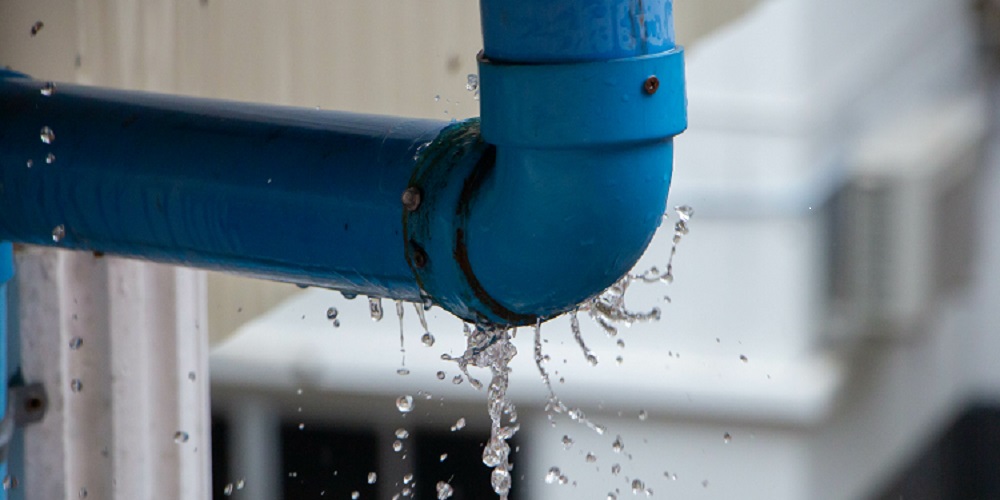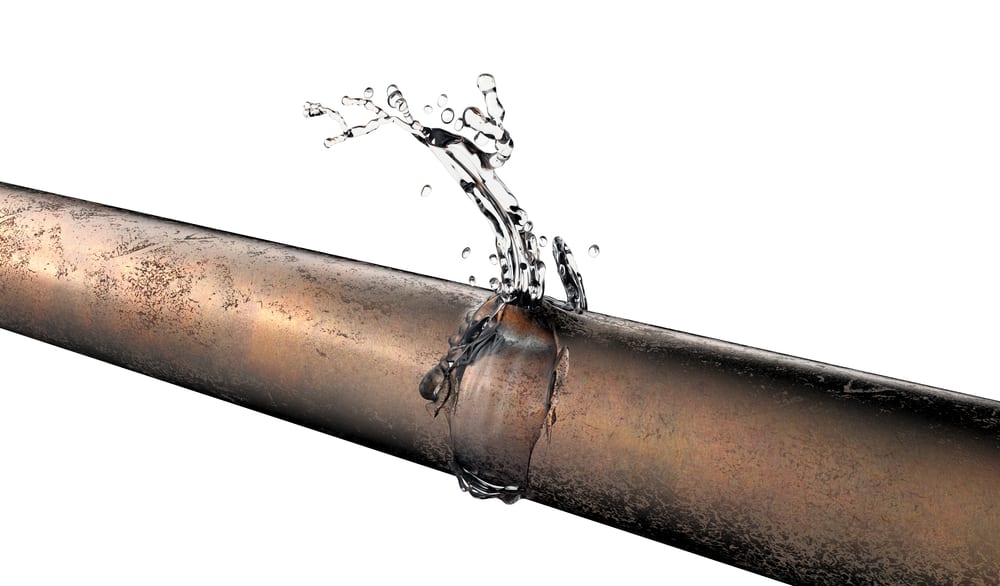Exactly how to Inspect If Your Home Has a Covert Leak
Exactly how to Inspect If Your Home Has a Covert Leak
Blog Article
They are making a number of great annotation about Detecting hidden plumbing leaks as a whole in this post just below.

Early detection of dripping water lines can reduce a possible catastrophe. Some small water leakages might not be visible.
1. Analyze the Water Meter
Every residence has a water meter. Inspecting it is a proven manner in which helps you find leakages. For beginners, switch off all the water resources. Guarantee no person will certainly flush, utilize the faucet, shower, run the washing maker or dish washer. From there, most likely to the meter and watch if it will alter. Since nobody is using it, there need to be no motions. That suggests a fast-moving leak if it relocates. Furthermore, if you discover no changes, wait an hour or more and inspect back once more. This indicates you may have a sluggish leak that might even be underground.
2. Examine Water Intake
If you detect sudden changes, in spite of your consumption being the very same, it suggests that you have leakages in your plumbing system. A sudden spike in your bill indicates a fast-moving leakage.
At the same time, a steady boost monthly, even with the exact same habits, reveals you have a slow leakage that's also gradually escalating. Call a plumber to thoroughly examine your property, especially if you really feel a warm area on your flooring with piping below.
3. Do a Food Coloring Examination
30% comes from bathrooms when it comes to water intake. Test to see if they are running properly. Decline specks of food color in the container and also wait 10 minutes. If the color in some way infiltrates your bowl throughout that time without flushing, there's a leak between the tank and also dish.
4. Asses Outside Lines
Don't fail to remember to check your outside water lines as well. Examination spigots by connecting a yard pipe. Ought to water leak out of the link, you have a loose rubber gasket. Change this and make sure all links are limited. If you've obtained a lawn sprinkler, it will assist get it properly took a look at as well as kept every year. One small leakage can squander lots of water and also surge your water costs.
5. Analyze the situation and also inspect
House owners need to make it a habit to inspect under the sink counters as well as also inside cupboards for any kind of bad odor or mold and mildew growth. These two warnings show a leakage so timely interest is required. Doing routine evaluations, even bi-annually, can save you from a significant problem.
Examine for stainings as well as weakening as many appliances and also pipelines have a life span. If you believe dripping water lines in your plumbing system, do not wait for it to intensify.
Early discovery of dripping water lines can minimize a potential disaster. Some little water leakages might not be visible. Examining it is a proven way that helps you find leaks. One small leakage can lose bunches of water and surge your water bill.
If you think leaking water lines in your plumbing system, do not wait for it to intensify.
WARNING SIGNS OF WATER LEAKAGE BEHIND THE WALL
PERSISTENT MUSTY ODORS
As water slowly drips from a leaky pipe inside the wall, flooring and sheetrock stay damp and develop an odor similar to wet cardboard. It generates a musty smell that can help you find hidden leaks.
MOLD IN UNUSUAL AREAS
Mold usually grows in wet areas like kitchens, baths and laundry rooms. If you spot the stuff on walls or baseboards in other rooms of the house, it’s a good indicator of undetected water leaks.
STAINS THAT GROW
When mold thrives around a leaky pipe, it sometimes takes hold on the inside surface of the affected wall. A growing stain on otherwise clean sheetrock is often your sign of a hidden plumbing problem.
PEELING OR BUBBLING WALLPAPER / PAINT
This clue is easy to miss in rooms that don’t get much use. When you see wallpaper separating along seams or paint bubbling or flaking off the wall, blame sheetrock that stays wet because of an undetected leak.
BUCKLED CEILINGS AND STAINED FLOORS
If ceilings or floors in bathrooms, kitchens or laundry areas develop structural problems, don’t rule out constant damp inside the walls. Wet sheetrock can affect adjacent framing, flooring and ceilings.
https://www.servicemasterbyzaba.com/blog/how-to-detect-water-leakage-in-walls/

As a devoted person who reads about Hacks to detect leaks, I figured sharing that piece of content was essential. Loved our write up? Please share it. Let other people discover it. I treasure reading our article about Hacks to detect leaks.
Report this page